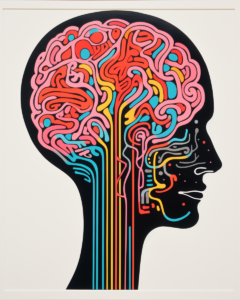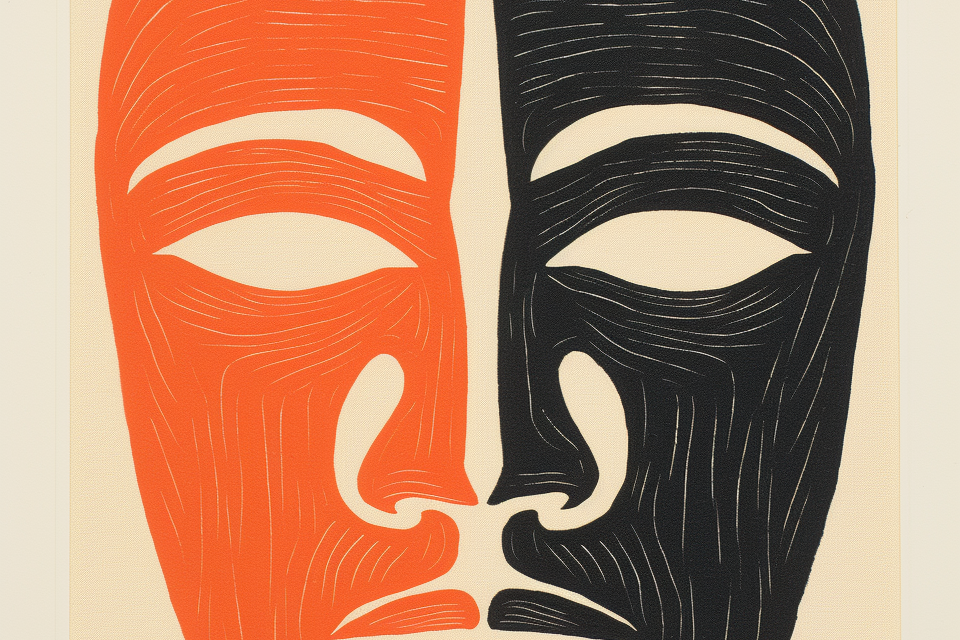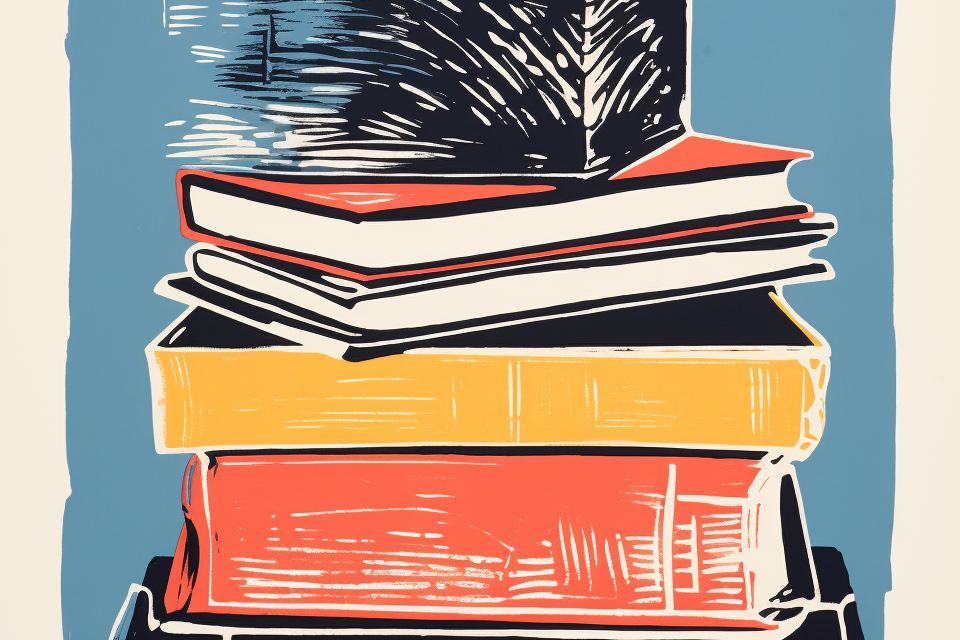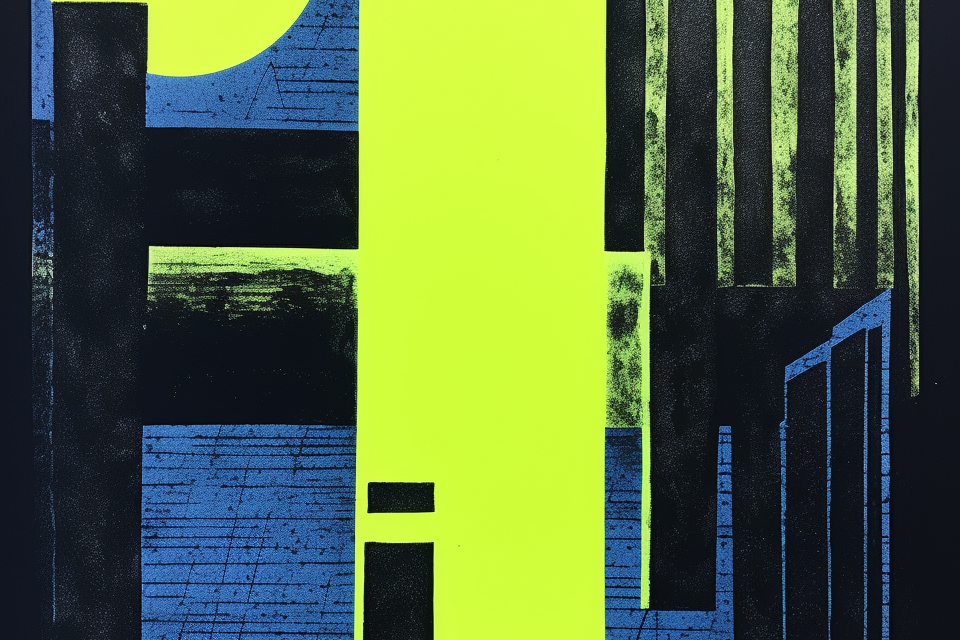The Hidden Influence of Cognitive Biases

The human mind is an incredible instrument, capable of solving intricate problems, generating fresh ideas, and navigating life’s daily complexities. Yet it’s not always the reliable narrator we’d like to believe. Cognitive biases serve as mental puppeteers, subtly influencing our thoughts, decisions, and actions without our conscious awareness.
The Ideal of Unbiased Thinking
On one end of the spectrum, there’s the ideal of crisp, unbiased thinking, where every decision is made based on reason and evidence. You weigh the pros and cons, like a master chess player contemplating the next move. You’re present, rational, and in command—this is the aspiration. But let’s get real: how often does this actually happen?
The Tinted Lens of Biases
More often than not, our thinking is tinted by biases we’re not even aware of. We judge a book by its cover or gauge someone by their job title. We crumble under scrutiny, swayed by an internal narrative that feels logical at the moment but may not be. Snap judgments arise from incomplete data, skewed by the emotional sway of our biases.
Biases as Mental Shortcuts
But these biases don’t make us flawed or irrational—quite the opposite. They’ve evolved over millennia to help us make quick judgments in a world that seldom offers the luxury of time. While helpful in ancestral settings, they can distract us in our complex, modern society where stakes and variables have changed.
Navigating the Maze of Our Minds
If you’re on a journey to become the best version of yourself, cognitive biases are like the pebbles and rocks on your path that may trip you up or reroute you. Recognizing them is the first step in either sweeping them aside or learning how to skillfully navigate around them.
Awareness and Empowerment
This conversation isn’t about demonizing cognitive biases; it’s about awareness and empowerment. The more we comprehend these hidden drivers, the better we can align our choices with our authentic selves. We can explore the maze of our minds, understanding the origins of these biases and crafting strategies to mitigate their impact. It’s not about reaching perfection; it’s about getting closer to clarity, one mindful decision at a time.
The Origins of Cognitive Biases
Our ancestors lived in settings where quick judgments could be a matter of life or death. These biases have been hardwired into our minds over millennia. Fast forward to the present: we’re not dodging predators but navigating relationships, career choices, and dinner menus from nearly limitless options. The mental shortcuts that were advantageous back then can trip us up now, causing us to make errors, overlook key details, or perpetuate stereotypes.
The Influence of Cultural Background
Cultural background also shapes our biases significantly. The community you grow up in, early experiences, and societal exposure all contribute to your worldview. Personal experiences are another breeding ground for biases. Ever had a bad dental visit and now dread your next appointment? That’s a personal-experience bias.
Embracing Awareness
While it’s impractical to entirely eradicate these biases, that’s not our aim. The goal is awareness. Understanding their origins allows us to actively challenge and reframe our thought patterns. By doing so, we can make decisions more aligned with our goals, values, and the nuanced world we inhabit.
The Power of Reflection
The next time you find yourself swayed by a snap judgment or unexamined belief, take a pause and ask, “What’s truly guiding me here?” It’s in these moments of reflection that we discover the space for growth, enlightenment, and meaningful change.
Unmasking Cognitive Biases: The Usual Culprits
Let’s acquaint ourselves with some of the usual culprits in the world of cognitive biases. Knowing their names and modus operandi helps us identify them, both within ourselves and in others.
Confirmation Bias
First up, confirmation bias. This is the tendency to seek out and interpret information in ways that affirm our existing beliefs or theories. This bias can confine us to echo chambers where the only opinions we hear mirror our own.
Anchoring Bias
Next, there’s anchoring bias. This is the tendency to overly rely on the first piece of information encountered when making decisions. You may feel victorious negotiating down to $22,000, even if the car’s actual value is less.
Availability Heuristic
Then we have the availability heuristic. This mental shortcut leads us to base decisions on easily recalled examples. The vividness of the information warps our perception of risk.
Sunk Cost Fallacy
Don’t forget the sunk cost fallacy, which locks us into continuing a behavior or endeavor even when it’s smarter to move on. That’s the sunk cost fallacy in action.
The Tangible Implications of Biases
These biases aren’t mere quirks; they have tangible implications. They can influence us in ways we’re not even aware of. For example, do you ever stick with an ineffective workout regimen simply because you’ve invested years into it? That could be the sunk cost fallacy at play. Or do you discount a coworker’s advice because of a past mistake? Anchoring bias may be the culprit.
Enhancing Our Lives Through Recognition
Recognizing biases “in the wild” enhances our lives. We can listen more attentively, negotiate more skillfully, and make choices better aligned with our values and objectives. When you catch yourself—or someone else—in a moment of bias, don’t be too hard on yourself. Acknowledge it, learn from it, and let it inform your next move. That’s how we evolve, one conscious choice at a time.
Biases and Decision-Making
Decision-making is more than just sifting through options and choosing a path; it’s a dynamic process shaped by various factors, including our cognitive biases. These biases aren’t passive observers; they’re active participants that can influence how we evaluate situations, ponder options, and ultimately make choices.
The Influence of Confirmation Bias
Take confirmation bias, for example. This bias narrows your scope of vision, making you prone to focus only on information that supports your existing beliefs. The bias can funnel your decision-making focus into just a sliver of available data, sidelining the rest.
Reinforcing Stereotypes
Biases can also reinforce stereotypes. Over time, these views can become so deeply embedded that they feel like common sense, leading to a cycle of flawed beliefs across communities and even generations.
The Impact of Anchoring Bias
Consider the impact of anchoring bias. You might end up stretching your budget for a less opulent home simply because it feels like a “deal” in comparison, skewing your decision in a way that might not align with your long-term priorities.
Stepping into the Light of Awareness
So, what’s our recourse? Should we just resign ourselves to being puppets of our irrational biases? Absolutely not. Awareness of how biases and decision-making interact is like stepping from a dark room into the light. You’re empowered to question initial impulses, make more balanced judgments, and unravel the cognitive webs that cloud your thinking.
Becoming the Skilled Navigator
The aim isn’t to eradicate biases—that’s an unattainable goal. Instead, it’s about becoming aware of their influence so we can retake the helm of our lives. By doing so, we’re not just passengers on a journey molded by biases; we become the skilled navigators of our own destiny. And in this journey, it’s not just about making better decisions; it’s about evolving into better versions of ourselves. That’s the real game-changer.
Techniques for Overcoming Biases
The journey to enlightened decision-making starts with acknowledging our own biases. Sure, that sounds easier said than done, but there are tools to help us navigate these mental mazes.
Questioning Yourself
First off, try questioning yourself. When you’re about to make a decision or pass judgment, pause and ask, “Why do I feel this way? What’s driving my opinion?” These reflective questions serve as a mental checkpoint before you shift into autopilot.
Mindfulness Practices
Next, consider mindfulness practices. No, you don’t have to become a mountain-top meditator—unless that’s your jam, of course. Mindfulness is really about being present, not just in your environment but also within your own thoughts and feelings. Techniques like conscious breathing can anchor you in the present, making it easier to spot biases as they emerge.
Cognitive Debiasing Methods
For a more structured approach, there are cognitive debiasing methods designed to counteract biases directly. The “consider the opposite” technique is a standout. Before making a decision, take a moment to explore viewpoints that clash with your own. It nudges your brain out of its comfort zone and compels it to engage with diverse perspectives.
Welcoming External Challenges
Beyond internal introspection, it’s crucial to welcome external challenges. Surround yourself with people who think differently and aren’t afraid to question your ideas. Engaging in open dialogues enriches your understanding of complex issues and helps you spot your own biases. Think of it as adding more hues to your cognitive palette—the more shades you incorporate, the richer and more nuanced your “painting” of understanding becomes.
Challenging Your Own Beliefs
Challenging your own beliefs isn’t just a mental exercise; it’s a cornerstone of personal growth. It’s all too easy to collect beliefs and judgments and never question them, but where’s the growth in that? The real transformation happens when we dare to step out of our comfort zones and reevaluate our assumptions.
The beautiful thing is, these techniques aren’t mutually exclusive; they complement each other beautifully. The more you practice, the easier it becomes to navigate the tricky terrain of biases. Self-awareness isn’t a sprint; it’s more of a lifelong marathon. Every step along the way enriches you as a critical thinker, a compassionate individual, and ultimately, a more authentic version of yourself.
Taking Action to Mitigate Biases
Recognizing your own biases is indeed half the battle. The next step? Actually taking action to mitigate them. That’s where theory becomes practice, my friends. Begin with self-awareness. It sounds straightforward, but the power of reflection can’t be overstated. Whether it’s through a conversation with a friend or some quiet introspection, ask yourself, “What biases influenced this decision?” Make this a daily practice to steadily chip away at those unconscious biases that could be limiting your perspective.
Another potent strategy is to diversify your sources of information. It’s not just about following different people on social media—though that’s a start. Go deeper. Listen to podcasts, read articles, or engage in discussions where your views are in the minority. By broadening your intellectual horizons, you become less susceptible to confirmation bias and more apt to question your own assumptions.
Don’t underestimate the power of accountability. Sometimes, an external viewpoint can offer a reality check that your own mental shortcuts may obscure. Grant people permission to call you out on your biases; their insights can be revelatory.
Structured decision-making models can also be effective safeguards against bias. When faced with a decision, resist the impulse to go with your gut immediately. Instead, weigh the pros and cons, conduct thorough research, and seek diverse opinions. This structured approach diminishes the chance that biases will infiltrate your choices.
Utilize deadlines strategically. Biases are more likely to seep in when we’re under pressure. By giving yourself ample time to make decisions, you create a sort of buffer zone where biases find it harder to infiltrate.
Addressing biases is an ongoing commitment requiring both humility and vigilance. It’s not a “one and done” situation; it’s a continuous journey of growth and refinement. But the payoff? It’s massive. Your decisions become more rational, your relationships more genuine, and your worldview richer and more nuanced. Ready to confront your biases head-on? It’s perfectly fine to be a work in progress. The key is to take that first step—and then another and another—toward becoming a person who navigates life not on autopilot but with purpose, clarity, and an open mind.
The Importance of Continuous Learning
Overcoming biases isn’t so much like climbing a mountain as it is traversing an ever-changing landscape. Just when you think you’ve got it down, new challenges crop up. But that’s not a flaw—it’s a feature. The evolving nature of this journey underscores the importance of continuous learning. Enter the growth mindset, the belief that intelligence and skills can be developed through dedication and hard work. This mindset is your greatest ally in tackling biases, turning setbacks into learning opportunities and challenges into stepping stones.
Now, why is exposure to new information so crucial? Your biases are shaped by your past experiences and accumulated knowledge. Without updating that information bank, you risk perpetuating the same biases. Think of new information as a software upgrade for your brain, enriching your understanding and making you less susceptible to stereotypes and biases. This goes beyond just skimming the latest articles; it’s about engaging with different cultures, philosophies, and fields you’re unfamiliar with.
Another perk of continuous learning is its impact on your understanding of others. Delving into perspectives that aren’t your own not only broadens your intellectual horizons but also deepens your empathy. This newfound empathy can be a powerful tool in breaking down both personal biases and those you encounter in your interactions with others.
So, let’s sum it up: If you’re earnest about overcoming biases, gear up for a lifetime of learning and growth. It’s not about reaching a mythical endpoint where you’re suddenly “bias-free.” It’s a continuous journey to become a more informed, empathetic human being. The skills you develop along the way transcend the realm of bias—they make you a better decision-maker, a more effective communicator, and ultimately, a better person. So embrace the journey, savor the learning process, and remember—the road to self-improvement may not have a finish line, but the vistas along the way are well worth the trip.
Conclusion
The journey toward unbiased thinking isn’t a destination; it’s an ongoing process. It involves identifying, understanding, and confronting the cognitive biases that shape your worldview. Ignoring these biases is akin to relinquishing a part of your autonomy, letting your unconscious tendencies steer your life without truly understanding where you’re headed. Think of it as flipping on a light switch in a dark room—you can suddenly navigate around obstacles instead of stumbling over them. Gaining insights into these biases enables you to challenge them effectively, putting you back in the driver’s seat of your life.
Addressing biases can be uncomfortable; it requires facing some inconvenient truths about yourself and the society you inhabit. But the payoff is more significant than you might realize. Not only do you benefit, but you also positively impact those around you by challenging preconceived notions and making more informed decisions. It’s a win-win scenario.
So, if you’re still with me, here’s my closing advice: Make the pursuit of clearer thinking and unbiased decision-making a core aspect of your life’s mission. Equip yourself with self-awareness tools and commit to lifelong learning. Seek diversity in thought and experience, never stop challenging yourself, and hold yourself accountable. The road to unbiased thinking is paved with effort, humility, and lots of learning. Every step you take brings you closer to a more rational, empathetic, and authentic you. The world could certainly use more people like that. Why not start the journey with us?



